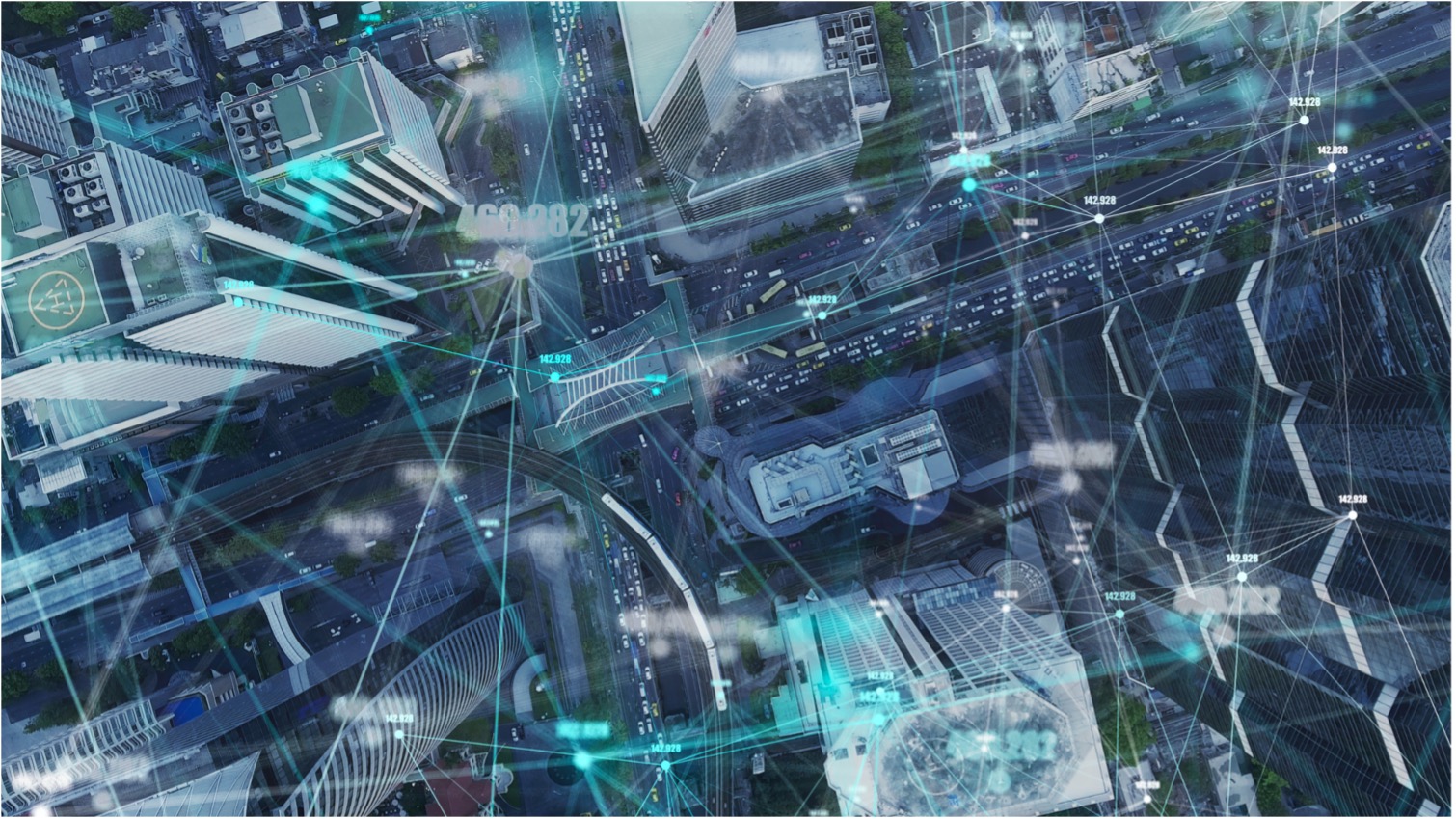How to Drive Business Outcomes with Self-Service Data Ingestion
Currently, a lot of enterprises rely on cloud-based data lakes to run huge analytics workloads and employ data-driven insights for driving decision-making. Cloud-based data lakes provide enormous scalability and elasticity, empowering all business users to harness the true potential of data, cut down costs, and improve time-to-market.
The first step in establishing a data lake is data ingestion. It is often considered a low priority task, however. It’s only when the volume of data increases and so its variety that IT become alarmed as they realize their ability to maintain and manage the input. Here the role of big data ingestion tools and document imaging software come into play.
Business users can utilize these solutions to transport a large stream of complex data feeds of customers from different data sources to a unified database where it can be accessed and analyzed for better decision-making. This unified database is usually a data lake, data warehouse, or database while sources can include SaaS data and spreadsheets. If the business owner does not know where to get help with data management, then definitely you can rely upon Mezmo is known to be real-time actionability from your observability data.
The data harnessing power is contingent on an enterprise’s big data ingestion layer. Downstream reporting and analytics systems depend on reliable data.
How Can Organizations Ingest Data?
When it comes to ingesting data, two methods are prevalent:
Batch Ingestion: In this type of ingestion, business users periodically garner and group data and send it to the target repository. These groups can be processed on the basis of particular conditions, plain schedule, and logical ordering. In cases where enterprises fail to access real-time data, this particular type proves extremely useful. Batch processing is easier and more cost-effective.
Real-time Ingestion: Also known as streaming, real-time ingestion involves no groupings at all. This method sources, changes, and loads data. It is costly as it requires different systems to go through sources and embrace new data. However, real-time ingestion proves useful for analytics.
After knowing different ways of data ingestion, it’s crucial to explore tools for it. Though a lot of solutions enable users to ingest big data, some methods outperform and get an edge over others. Self-service data ingestion tools are one of them.
How Can Self-Service Data Ingestion Help?
Self-service data ingestion tools help companies unlock the full potential of data lakes on the cloud and remove potential roadblocks. With data ingestion architecture, these solutions enable all business users to ingest big data into data lakes. Here are the advantages of using these tools.
 Easier Integration of New Data Feeds
Easier Integration of New Data Feeds
In the current disruption era, companies capture and store data from myriad data sources. Consequently, a lot of data needs to be ingested into data lakes or warehouses. For effective decision-making, companies need to ingest complex data feeds into the database at the speed of business, and then correlate and prepare them for analytics. With the proliferation in the number of sources, IT finds it difficult to absorb the data with ease and precision. Self-service data ingestion shines here.
Self-service data ingestion tools empower non-technical users to ingest data without relying on IT excessively. The speed of operations increases, resulting in faster time to actionable insights. More so, self-service ingestion platforms can save a lot of capital by decreasing the cost as well as the effort involved in this process. Ergo, these solutions increase speed and cut down overhead costs.
IT User and Business User Empowerment
Self-service data ingestion solutions provide a breathing space to IT. By empowering all business users to ingest different types of data and eventually create data connections, IT teams can be freed. IT teams need to control and govern the processes, and so they can focus on more high-value tasks. Consequently, the burden on IT minimizes greatly.
Modern self-service data ingestion solutions have paved the door to new possibilities. They have transformed the way data is ingested into a warehouse or data lake. By relying on them, big data can be ingested quickly and securely without relying on IT or developer teams. This also has a powerful impact on the data transformation processes including, data enrichment and normalization. And so, it becomes easier to keep data clean, actionable, accurate and more, which enables business users to kickstart business outcomes and ultimately facilitate faster ROI.

